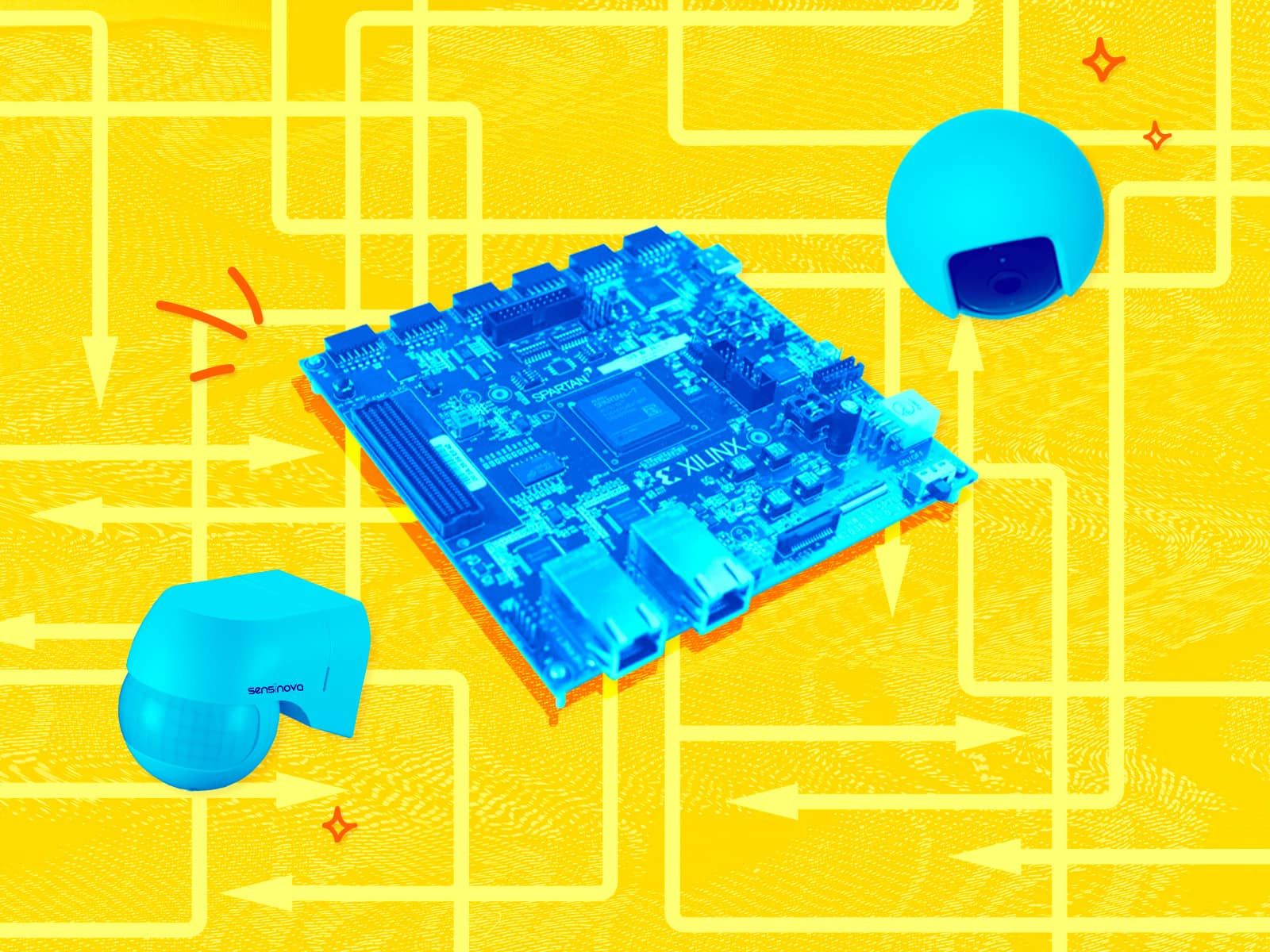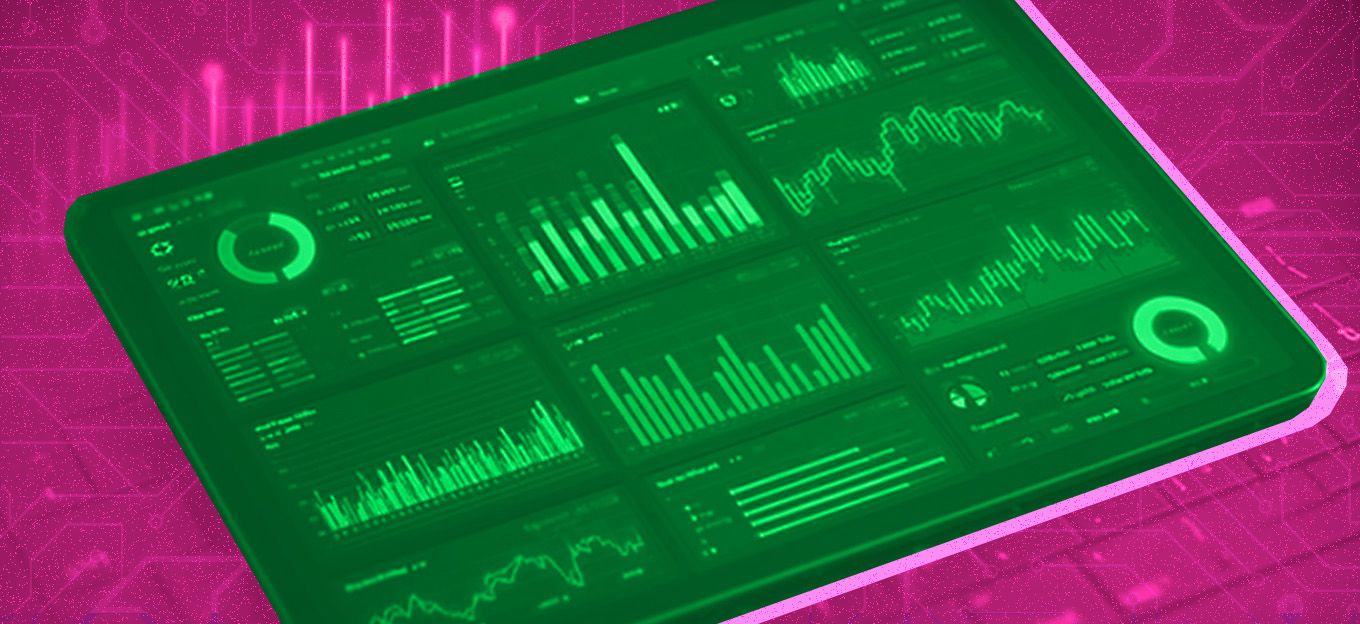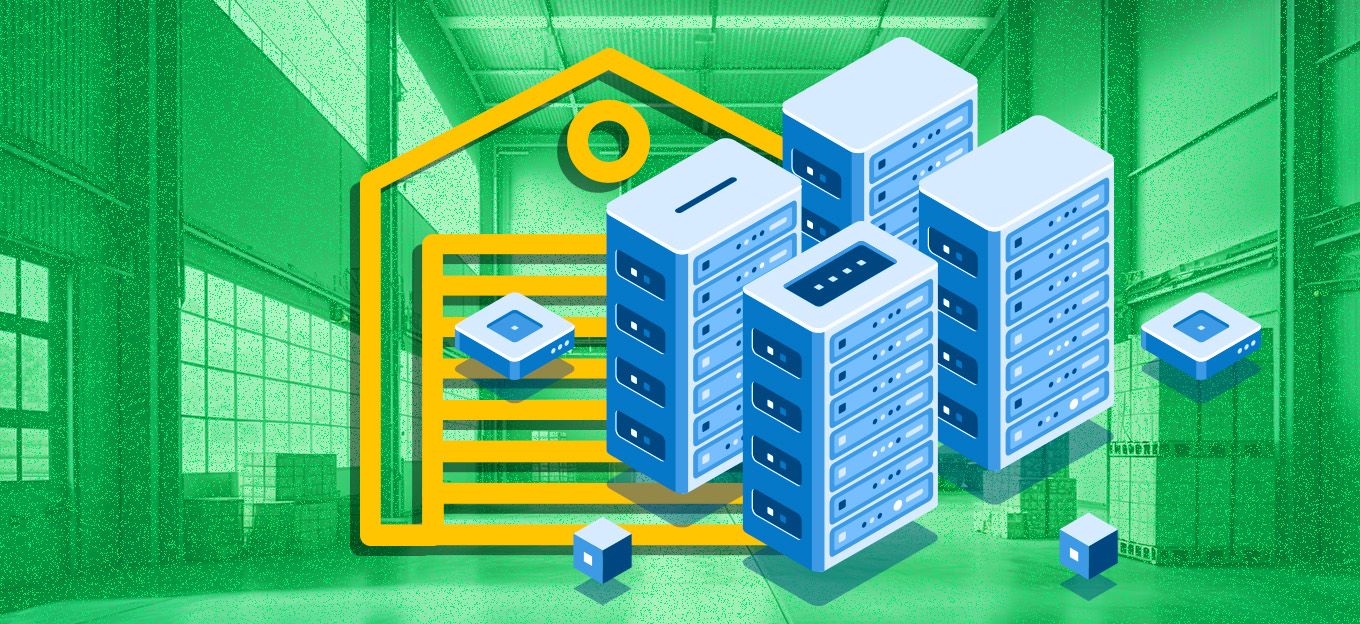FPGAs for Smart Living Devices & Solutions
FPGAs for Smart Living Devices & Solutions
- Last Updated: December 2, 2024
Shahbaaz Lokhandwala
- Last Updated: December 2, 2024



Diving into the world of technology and programming can quickly become confusing. As a beginner, it may be difficult to understand the functions of devices and programming. Smart solutions created by FPGAs are benefiting devices and changing our way of living. Let's review exactly what an FPGA is, its use cases, and the array of smart solutions it can provide.
'Incorporating FPGA smart solutions into your everyday devices will allow for a range of opportunities and technical improvements.' -Shahbaaz Lokhandwala
What is an FPGA?
FPGA simply stands for Field-Programmable Gate Array. In technical terms, this is a hardware component that allows you to program and tailor data operations. FPGAs are known as integrated circuits that contain groups of programmable elements.
Let's take a look at an example of this. When you purchase a brand new laptop, it may come with set programming inside of the data portion. The primary functions of a laptop cannot be changed; although you may buy applications or software to improve data functions, the hardware remains the same. The silver or black memory card chip inside of the laptop's motherboard is an example of an FPGA.
With an FPGA, the programming and hardware are not set in stone. FPGA programmers can configure an FPGA and decide what programs and hardware setup are best suited to their data needs. This means there is a variety of options for us to choose from when designing with an FPGA. An FPGA can even be developed and created to work with multiple programs. In essence, a regular computer processor itself is unchangeable whereas an FPGA can be re-written as many times as desired.
FPGA Use Cases
FPGAs are used in a variety of data solutions. FPGAs can improve applications, devices, and programming, making our current systems smarter and more energy-efficient. FPGA programming already exists in many of our devices, from personal computers to cars and more. There are countless FPGA design services offered by FPGA engineers across many real-world applications and use cases.
FPGAs for Smart Living Solutions
We know FPGAs can be used to improve the applications mentioned above, but did you know that FPGAs provide an array of smart solutions for your home, business, or other personal needs?
Let’s say you want to have light and motion sensors for your bathroom. You may assume you need two controllers, two processors, etc. But with an FPGA, there is a way to process the information from the light and motion sensors at the same time, making your smart home system more time and energy-efficient.
Incorporating FPGA smart solutions into your everyday devices will allow for a range of opportunities and technical improvements. A great example of this is the implementation of FPGAs in heat detection cameras in entry points all over the world. Instead of human personnel doing temperature checks on each passerby, creating a long, tedious, and expensive process, heat detection cameras remotely monitor and scan people, making it easier to track large amounts of data.
Solutions Powered by FPGAs
Overall, smart solutions powered by FPGA applications are highly versatile and can be found on many platforms. Users who take advantage of tailored solutions will create secure systems that can be changed or updated at any time. This offers the possibility to make life easier, more sustainable, and more efficient.
The Most Comprehensive IoT Newsletter for Enterprises
Showcasing the highest-quality content, resources, news, and insights from the world of the Internet of Things. Subscribe to remain informed and up-to-date.
New Podcast Episode

IoT and AI in 2026
Related Articles





